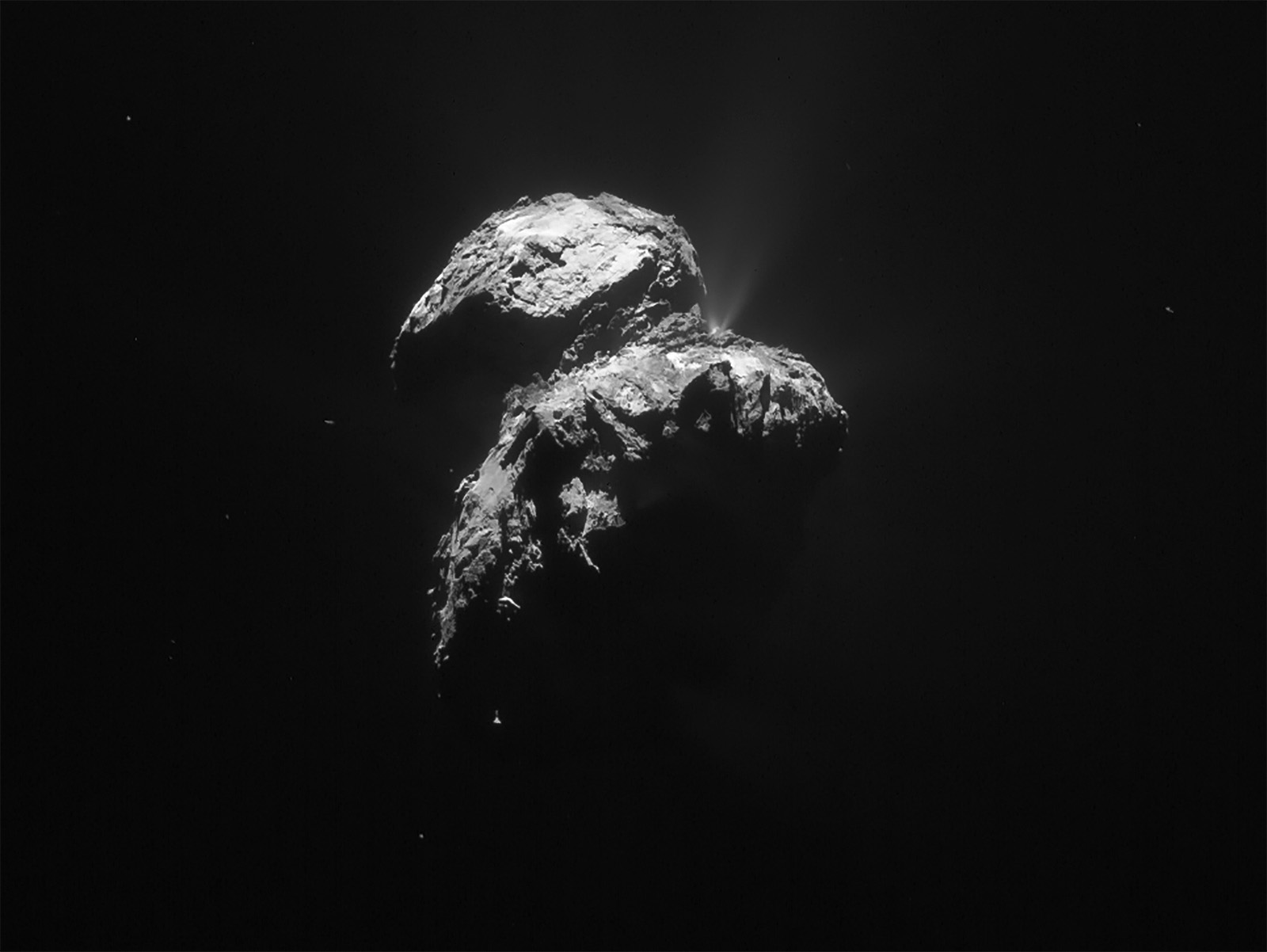Just when do comets get their signature coma? Conventional wisdom says it only happens when they get close enough to the sun, but new research suggests it starts when they are still beyond the orbit of the planets.
Continue reading “Comets Already Grow a Coma out in the Kuiper Belt”The Oldest Stars Help Tell us how big the Universe is

Astronomers are struggling to understand the discrepancies when measuring the expansion rate of the universe with different methods, and are desperate for any creative idea to break the tension. A new method involving some of the oldest stars in the universe could just do the trick.
Continue reading “The Oldest Stars Help Tell us how big the Universe is”Researchers Discover the Source of the Sun’s Most Dangerous High-Energy Particles
Sometimes the sun spits out high-energy particles which slam into the Earth, potentially disrupting our sensitive electronics. New research has found that these particles originate in the plasma of the sun itself, and are trapped there by strong magnetic fields. When those fields weaken, the particles blast out.
Continue reading “Researchers Discover the Source of the Sun’s Most Dangerous High-Energy Particles”Did Supermassive Black Holes Form Directly From Dark Matter?

Supermassive black holes are just a little bit too supermassive – astronomers have difficulty explaining how they got so big so quickly in the early universe. So maybe it’s time for a new idea: perhaps giant black holes formed directly from dark matter.
Continue reading “Did Supermassive Black Holes Form Directly From Dark Matter?”This Exoplanetary System Breaks all the Rules

It’s just like a normal solar system…except completely backwards.
Continue reading “This Exoplanetary System Breaks all the Rules”The Most Recent Volcanic Activity on the Moon? Just 100 Million Years ago

Regions of the Moon known as irregular mare patches – formed by magma cooling from a volcanic eruption – have almost no big craters, indicating that they must be relatively young. By studying the distribution of craters within them, we can estimate when these regions were formed: no more than 100 million years ago.
Continue reading “The Most Recent Volcanic Activity on the Moon? Just 100 Million Years ago”New Supercomputer Simulations Will Help pin Down Inflation

In the very earliest moments of the big bang, the universe experienced a period of rapid expansion known as inflation. That event planted the seeds that would eventually become galaxies and clusters. And now, a recent set of simulations is able to show us how that connection worked.
Continue reading “New Supercomputer Simulations Will Help pin Down Inflation”Simulations of the Universe are Getting Better and Better at Matching Reality

How can you possibly use simulations to reconstruct the history of the entire universe using only a small sample of galaxy observations? Through big data, that’s how.
Continue reading “Simulations of the Universe are Getting Better and Better at Matching Reality”Dust in the Chixalub Crater Makes the Compelling Case That an Asteroid Wiped out the Dinosaurs 65 Million Years ago
For decades scientists have believed that an asteroid impact event ended the era of the dinosaurs 66 million years ago. Now, analysis from the crater site itself seals the deal: the same elements that were deposited around the world from the impact have been found inside the crater itself.
Continue reading “Dust in the Chixalub Crater Makes the Compelling Case That an Asteroid Wiped out the Dinosaurs 65 Million Years ago”Astronomers are now Finding Planetary Disks Around the Smallest, Least Massive Stars
Astronomers have been watching planetary systems form around sun-like stars for decades. And now, new observations with the ALMA telescope reveal the same process playing out around the smallest, but most common, stars in galaxy.
Continue reading “Astronomers are now Finding Planetary Disks Around the Smallest, Least Massive Stars”



